Virtual Reality is changing the education system globally
With the widespread popularity of games like POKEMON GO, virtual reality has become the center of attraction for many. With almost 20 million users...
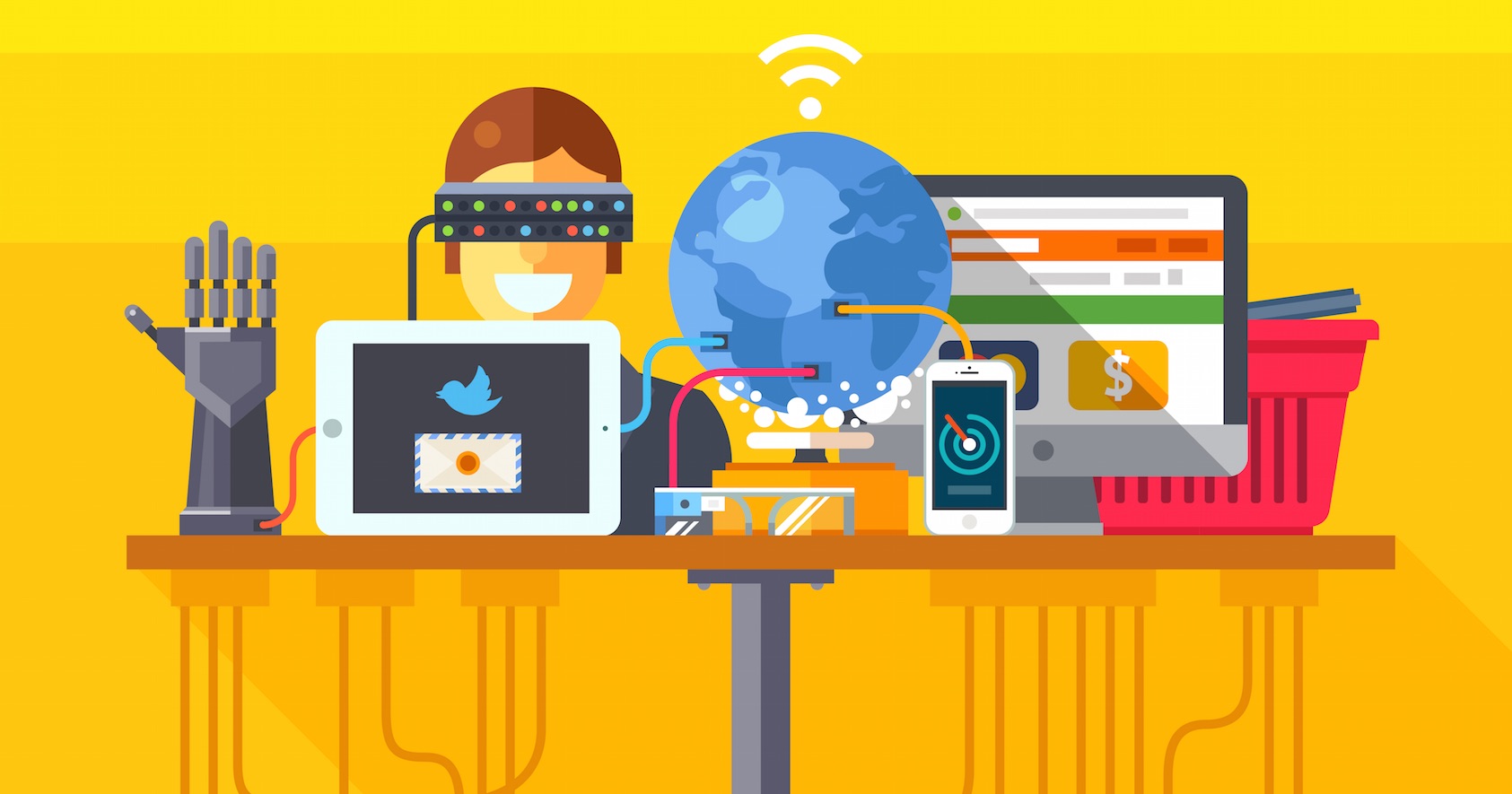
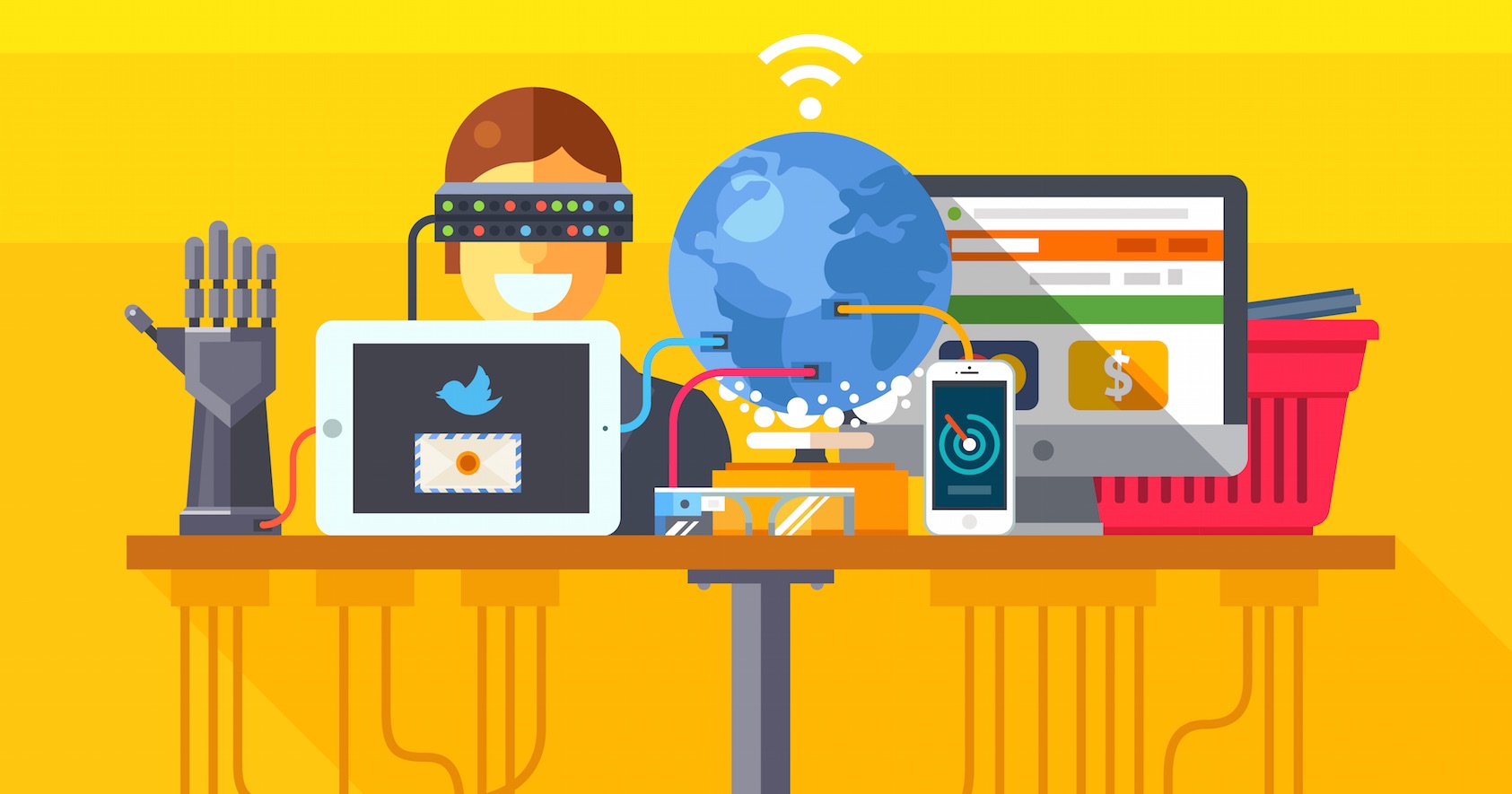
Virtual Reality is a technology that allows people to perceive a virtual world as a version of reality created in a computer-generated environment letting the user interact with life-sized three-dimensional images. Special headsets with a screen in front of the eyes are required for the purpose of enhancing the spectator’s experience. Images also change as the person moves around their environment which corresponds with the change in their field of vision. Today virtual reality applications are being used by people in every sphere of life.
AR or augmented reality, on the other hand, is the technology used to insert some digital entities to the current experience. Unlike virtual reality, AR does not generate a virtual world but superimposes the real one with computer graphics. Such digital superimposition can generally include three-dimensional objects and models, videos and textual data. Augmented reality can be classified into AR Viewing, AR Browsing, and AR Gaming.
Mixed Reality or MR, also termed as hybrid reality at times, is a combination of virtual reality with augmented reality. MR is used when a digital object is positioned in a real environment and an interactive session is carried out with it based on some scenario that has been pre-programmed.
Soft skills like emotional intelligence, communication skills, conflict management, and stress management enables an individual to be an effective leader, and a collaborator. It makes the individual aware of the type of behavior that is appropriate, how to recognize them, and also how to create those behaviors to apply them in a highly efficient manner.
VR and AR are beneficial in many learning situations. Interactive virtual reality platforms are perfect for such soft skills behavior training as it enables the learner to fully absorb in the situation. They can feel their presence in that situation. Additionally, with an appropriately constructed platform, the learner can be positioned in a wide range of scenarios and situations that include large or small numbers of spectators, a narrow or broad assortment of genders and ethnicities, etc
The idea of people responding to some preconceived notion, to the manner that we infer a comprehensive environment, the way of our interaction with others with different skills in the multi-generational workforce are the most pervasive skills which stand the test of time. These core capabilities can be built with the help of VR and AR to create a more inclusive and occupied workforce.
With the help of this technology, people would not only step into another world but would also be able to walk distances in the shoes of another person. Soft skill training just necessitates the requirement of a bit more attention to detail and creativity in how to apply it.
What really brings this mode of learning to the forefront is the ability to create and blend the learning experience and performance metrics throughout the course.
VR can be classified into several broad groups, all of which can be utilized to impart training on soft skills. Here is an overview of all these broad categories within the VR training:
This is when a real room setting or background along with real people is captured with a 360-degree camera. This type of training proves beneficial for dealing with complex situations where human emotions are needed from virtual icons or images.
Use case examples: Since precise human physical and verbal emotions are necessary from the virtual image, a 360-degree video can be used to film an actual human and embed that emotion intelligently into the virtual icon so that the emotions from the virtual avatar are accurate.
Passive VR is when much interaction with other people in the picture is not needed by the user. This type of situation can be highly rendered as the most realistic one as the non-reactive avatars can be replaced by green-screening the audience.
Use case examples: In the case where presentation is to be given in a large conference hall, this type of VR is most suitable as the audience in the conference hall is mostly passive.
With VR or interactive virtual reality, the user is allowed to manipulate the virtual environment in order to interact with the scene with the help of mechanisms like pushing buttons, handheld controllers or selecting objects through gaze controls.
Use case examples: This type of training is appropriate for getting trained in leading a meeting or delivering a sales pitch essentially where the virtual icons need to respond to what is being told.
VR and AR training enhances easier imparting of education in acquiring new skills directly and efficiently in any classroom-based training program. It offers a better opportunity to develop and achieve practical experience while learning soft skills. The learner acquires greater confidence in the new skill as he is exposed to a supportive and safe environment by repeating, correcting and practicing the targeted skills during the training.
The learner will be able to practice negotiation skills, communication skills, or public speaking in a variety of premeditated situations and contexts which he could readily apply in the real world.
So let’s have a look into the Pros of this method of learning:
Need help with an AR or VR project? Get in touch today!
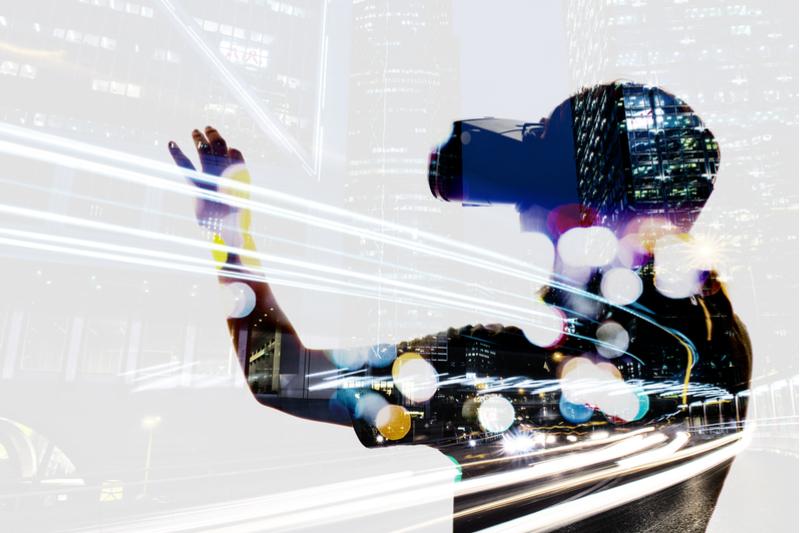
With the widespread popularity of games like POKEMON GO, virtual reality has become the center of attraction for many. With almost 20 million users...
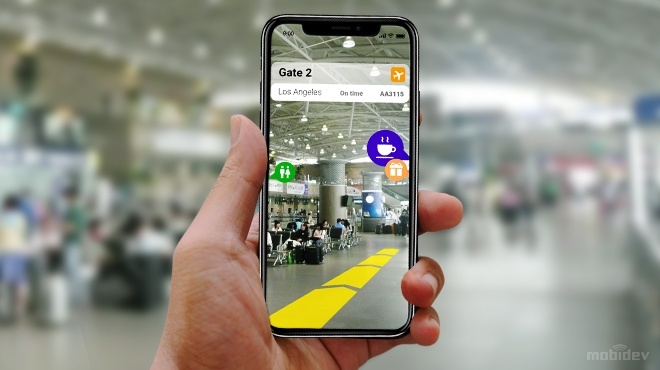
Technology has always played a significant role in enhancing the lives of human beings. It has contributed immensely to revolutionizing everyday...
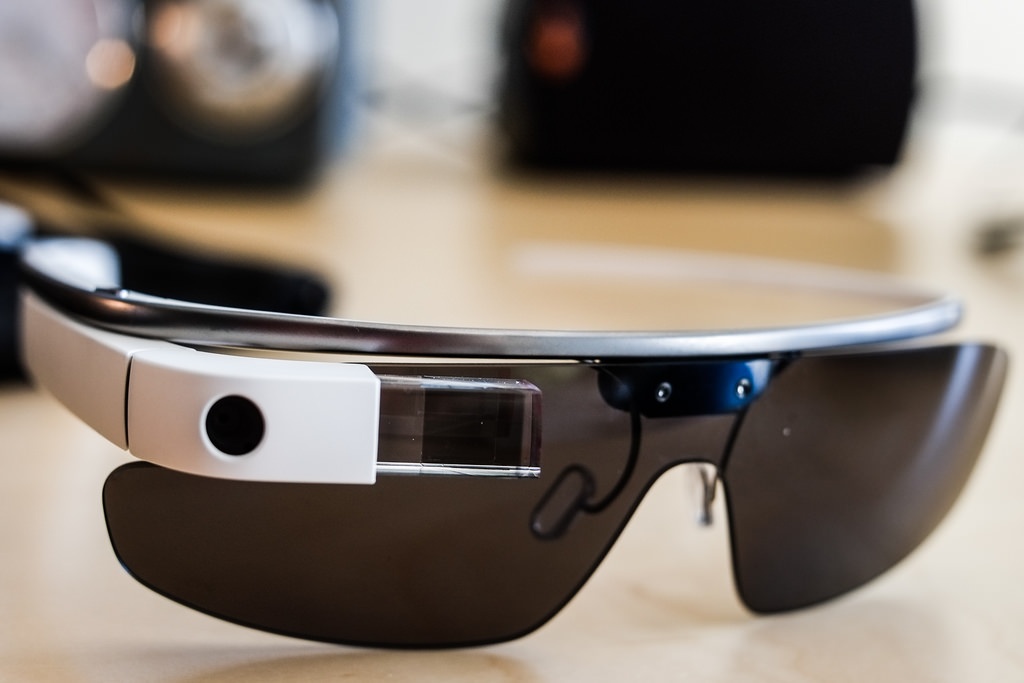
Last couple of years seems to be the year in which augmented reality (AR) moves firmly in the mainstream. As the next great technical trend, it has a...